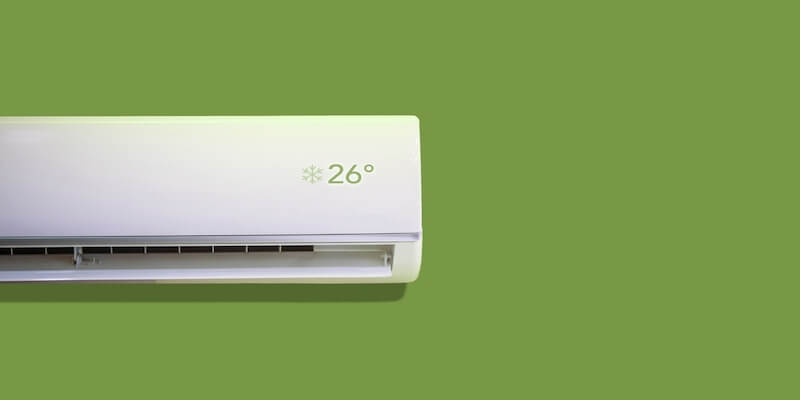
Introduction to Wall Air Conditioning Units
When summer heat hits, staying cool becomes a top priority. Wall air conditioning units offer a practical and efficient solution for maintaining a comfortable indoor environment. Unlike central air systems, these units are designed to be installed directly into a wall, making them ideal for individual rooms or smaller spaces.
This guide provides a thorough overview of wall air conditioners, covering everything from their types and benefits to installation and maintenance. Whether you're considering a new installation or looking to upgrade your existing system, you'll find valuable insights here.
Types of Wall Air Conditioning Units
Understanding the different types of wall air conditioners is crucial for selecting the right unit for your needs. Here are the primary categories:
-
Through-the-Wall Units: These units are designed to fit into a dedicated opening in the wall. They're typically more powerful and offer better cooling capacity than window units.
-
Mini-Split Systems: These systems consist of an indoor unit mounted on the wall and an outdoor compressor. They offer quiet operation, energy efficiency, and flexible installation options.

Each type has its own set of advantages and considerations, which we'll explore further.
Benefits of Wall Air Conditioning Units
Wall air conditioners offer numerous benefits, making them a popular choice for many homeowners:
-
Space Efficiency: They don't take up floor space like portable units, making them ideal for smaller rooms.
-
Improved Cooling: Through-the-wall units and mini-splits provide powerful and consistent cooling.
-
Enhanced Aesthetics: Mini-split systems, in particular, offer a sleek and modern look.
-
Energy Efficiency: Many modern units are designed with energy-saving features, helping you reduce your electricity bills.
-
Zoned Cooling: Mini-split systems allow you to control the temperature in individual rooms, providing personalized comfort.
Installation of Wall Air Conditioning Units
Proper installation is essential for optimal performance and longevity of your wall air conditioner. Here's a general overview of the process:

-
Preparation: Ensure the wall opening is the correct size and that you have the necessary tools and materials.
-
Mounting: Securely mount the unit in the wall opening, following the manufacturer's instructions.
-
Electrical Connection: Connect the unit to a dedicated electrical circuit. For mini-split systems, this involves connecting the indoor and outdoor units.
-
Testing: Test the unit to ensure it's functioning correctly.
For complex installations, such as mini-split systems, it's recommended to hire a professional HVAC technician.
Maintenance and Care
Regular maintenance is crucial for keeping your wall air conditioner running efficiently. Here are some key maintenance tips:
-
Clean the Filters: Regularly clean or replace the air filters to ensure proper airflow and efficiency.
-
Clean the Coils: Clean the condenser and evaporator coils to remove dirt and debris.
-
Check for Leaks: Inspect the unit for any signs of leaks or damage.
-
Professional Servicing: Schedule annual professional servicing to ensure your unit is in top condition.

Choosing the Right Wall Air Conditioner
Selecting the right wall air conditioning unit involves considering several factors:
-
Room Size: Determine the appropriate cooling capacity (BTU) based on the size of the room.
-
Energy Efficiency: Look for units with high SEER ratings for better energy efficiency.
-
Features: Consider features like programmable thermostats, remote controls, and quiet operation.
-
Budget: Set a budget and compare prices from different manufacturers.
Conclusion
Wall air conditioning units offer a versatile and efficient cooling solution for homes and small spaces. By understanding the different types, benefits, and maintenance requirements, you can make an informed decision and enjoy a comfortable indoor environment all year round.
No comments:
Post a Comment
Note: Only a member of this blog may post a comment.